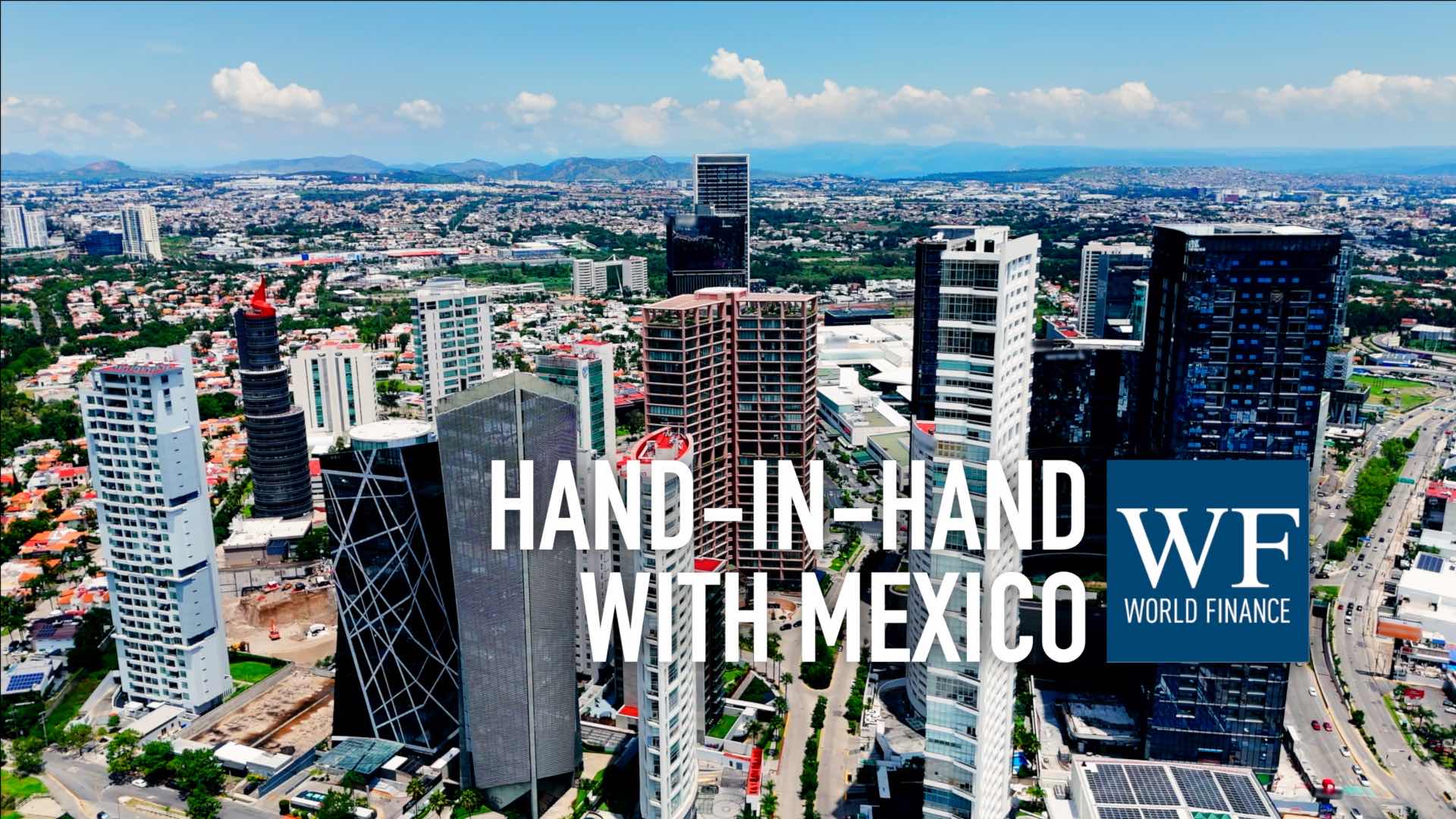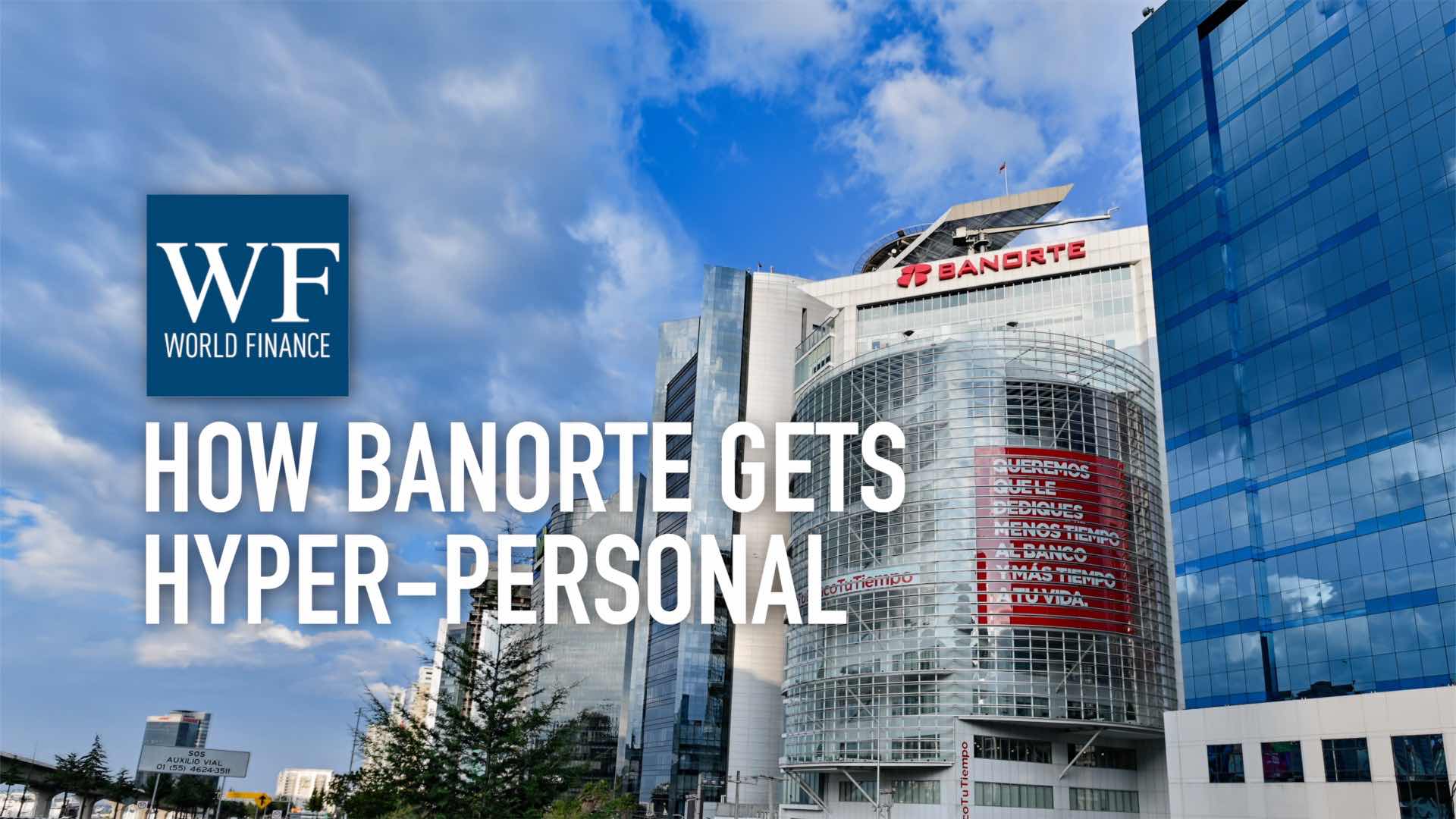Banorte: Nearshoring trend could gain $168bn for Mexico over the next five years
The bank has already begun preparing to support key nearshoring industries, says Chairman Carlos Hank Gonzalez
Related:
Transcript
Businesses around the world have been responding to recent supply chain disruption by bringing offshored production closer to home. Mexico has been a huge beneficiary of this ‘nearshoring’ trend – Grupo Financiero Banorte Chairman Carlos Hank Gonzalez discusses its economic potential for Mexico, how Banorte is positioning itself to enable a non-oil export boom, and how the country as a whole can work together to maximise the potential benefits of nearshoring.
World Finance: Carlos, tell us about Banorte’s role in this recent development.
Carlos Hank Gonzalez: Absolutely, Banorte is the bank of nearshoring. It has already begun preparing for the future.
We have recently published a research note that shows that the potential gains of nearshoring for Mexico could reach up to $168bn of additional non-oil exports in the next five years. Our focus is on serving commercial segments, SMEs, and retail customers, by providing a comprehensive range of financial services. With our strong footprint in Mexico, we are committed to supporting this economic shift.
World Finance: How is Banorte preparing for the growing opportunities presented by nearshoring?
Carlos Hank Gonzalez: Preparation is key for us. Our research department has identified the industries that are most likely to grow due to nearshoring, including agriculture, machinery, and electronics, to name a few. We’re adding 1,200 jobs to specifically support these growing industries. Additionally, we’re building technological capabilities to create fully digital environments that will serve the needs of newly established companies in Mexico.
World Finance: What advantages does Mexico offer for companies considering nearshoring, and how is Banorte positioned to capitalise on this?
Carlos Hank Gonzalez: Nearshoring is an exceptional opportunity for Mexico, specifically for the north and centre, as many of these new opportunities are located in these regions. Banorte has strategically positioned itself in these regions, boasting a strong presence.
Mexico has a geographical proximity to the United States, a significant population of working age, and existing economies of scale. These factors make it a prime destination for nearshoring. Banorte has strategically placed itself in regions with high export rates to the United States, like Chihuahua and Nuevo León. We have a strong presence in these areas and are well-aligned with their potential for economic growth.
World Finance: Now in the report you referenced earlier, you describe a ‘four helix’ model, could you expand on this?
Carlos Hank Gonzalez: The ‘four-helix’ model is an integrated approach involving the government, private sector, educational institutions, and society. These entities need to work together to maximise the potential benefits of nearshoring. From improving public infrastructure to fostering policies that incentivise investments, the ‘four-helix’ model aims to bring comprehensive development to Mexico. Banorte is deeply committed to contributing to this collaborative effort.

 Banorte: Growing together, growing with Mexico, growing with you
Banorte: Growing together, growing with Mexico, growing with you Hyper-personalisation: The future for intelligent digital banking
Hyper-personalisation: The future for intelligent digital banking
